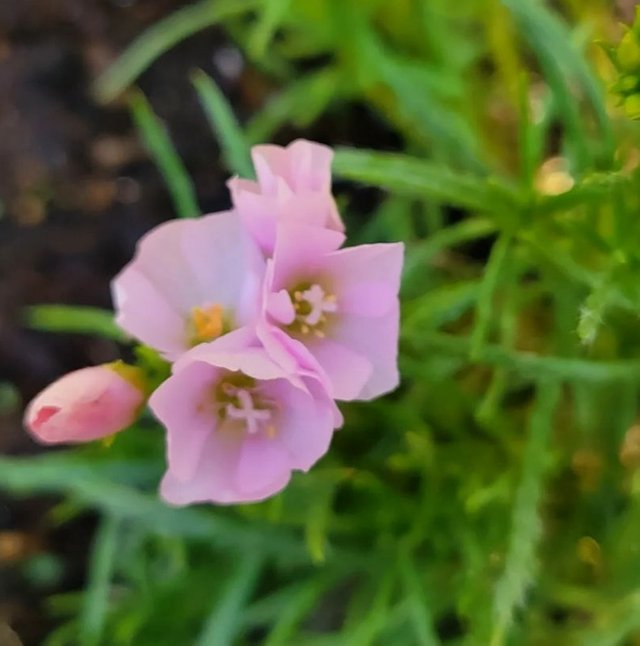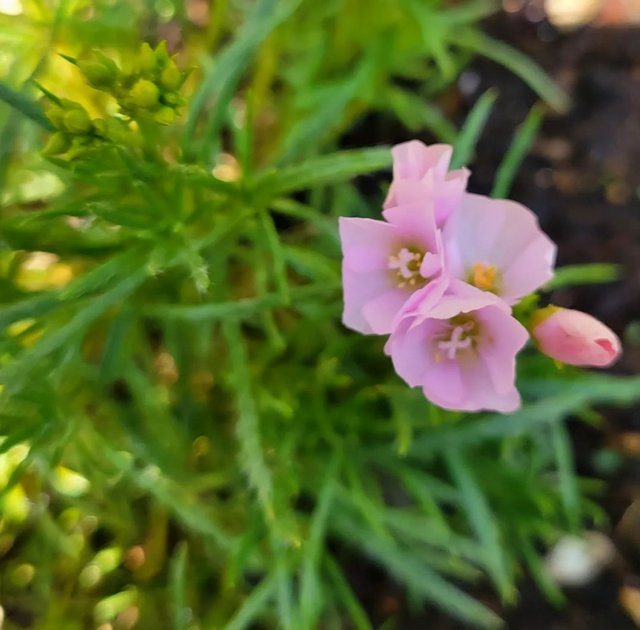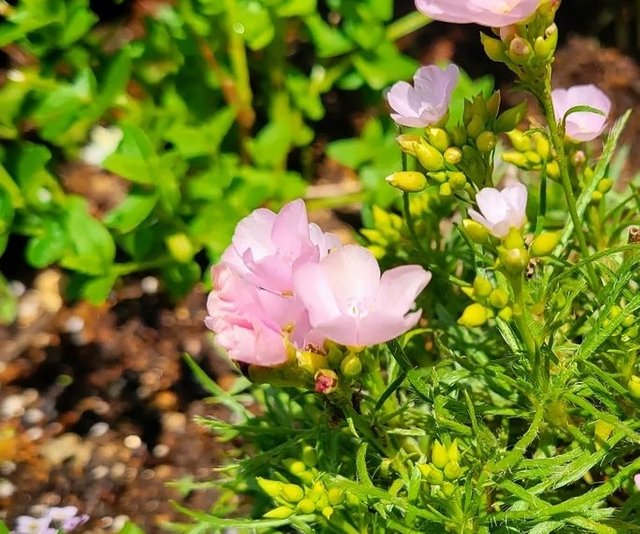Freesia Flower




In the world of flowers, few blossoms captivate the senses quite like the freesia. Delicate, fragrant, and utterly captivating, the freesia flower has long been cherished for its beauty and symbolism. Named after the German physician Friedrich Heinrich Theodor Freese, freesias are native to Africa, particularly South Africa, where they thrive in the warm, Mediterranean-like climate.Botanically known as Freesia, this genus belongs to the family Iridaceae, which includes other well-known flowers like iris and gladiolus. Freesias are characterized by their slender, arching stems adorned with clusters of funnel-shaped flowers. Each stem can bear multiple blooms, adding to the plant's visual appeal. The flowers themselves come in a spectrum of colors, from pure white and soft pastels to vibrant hues of pink, purple, yellow, and orange. Some cultivars even feature bi-colored petals, creating striking visual contrasts.
One of the most enchanting qualities of the freesia is its captivating fragrance. The aroma is often described as citrusy, with hints of jasmine and other floral notes. This delightful scent has made freesia a popular choice for perfumes, candles, and potpourri. Just a few stems of freesia can fill a room with their sweet, lingering perfume, making them a favorite for weddings, special occasions, and everyday bouquets.Like many flowers, freesias carry symbolic meanings rooted in cultural and historical contexts. In the language of flowers, freesias are often associated with friendship, trust, and innocence, making them a popular choice for gift-giving among friends and loved ones. Additionally, freesias are sometimes used to convey appreciation and gratitude, making them a thoughtful gesture for expressing thanks or admiration.
Freesias are relatively easy to cultivate, making them a favorite among gardeners and florists alike. They prefer well-draining soil and plenty of sunlight, though they can tolerate partial shade in hotter climates. Freesias are typically grown from bulbs, which should be planted in the fall for spring blooms. With proper care, freesias will reward gardeners with a profusion of flowers that last several weeks.